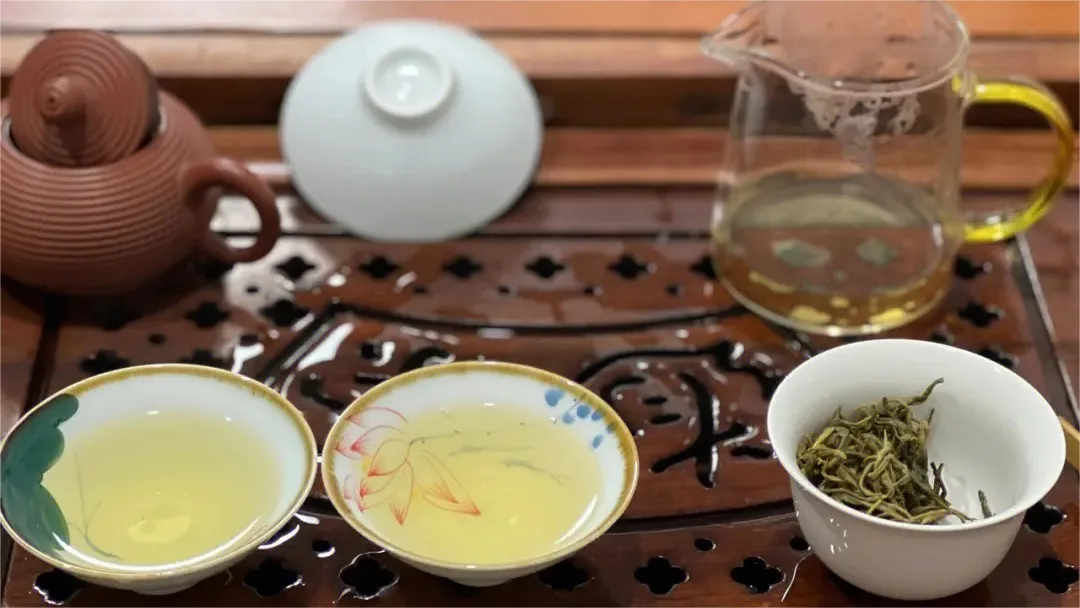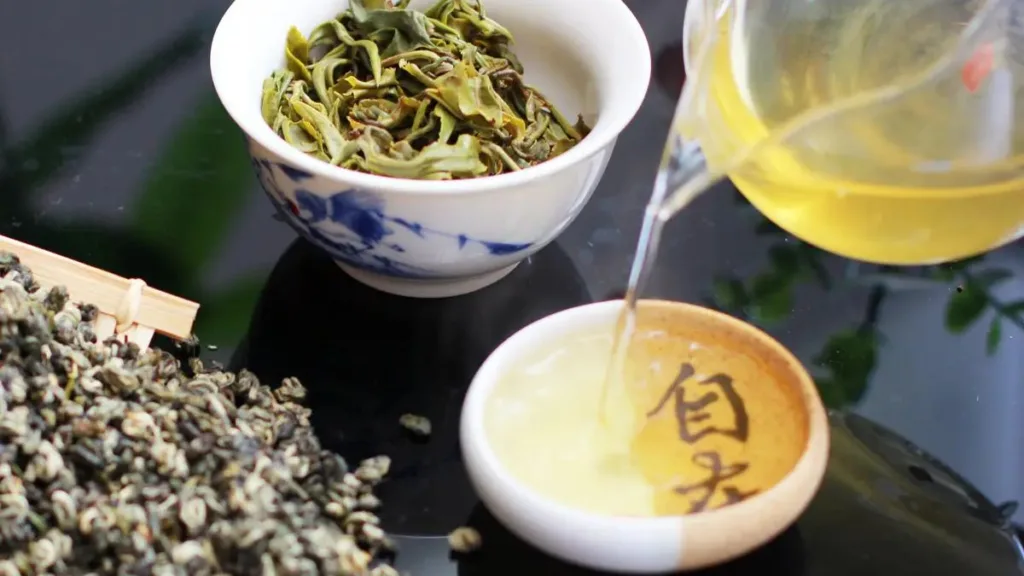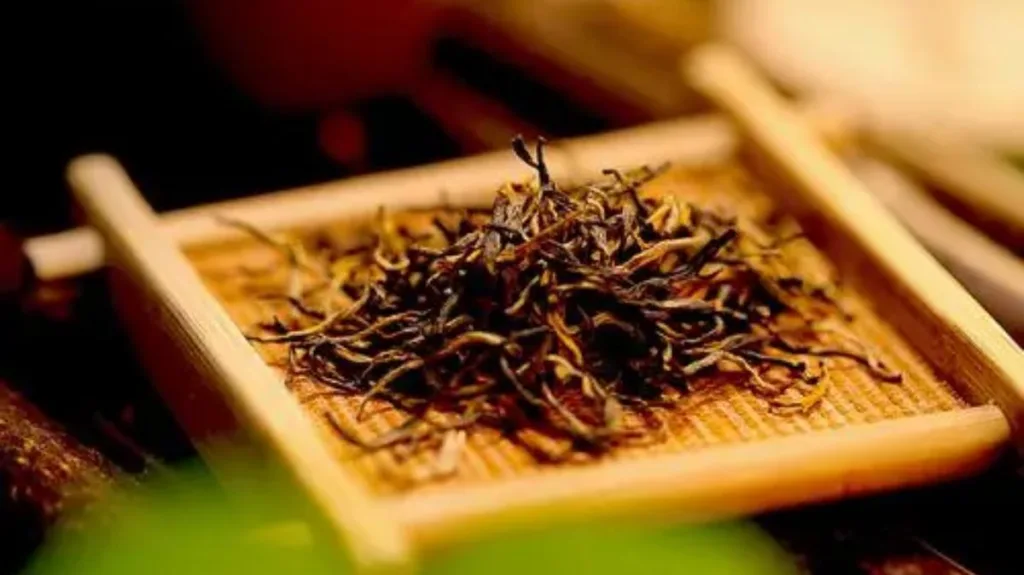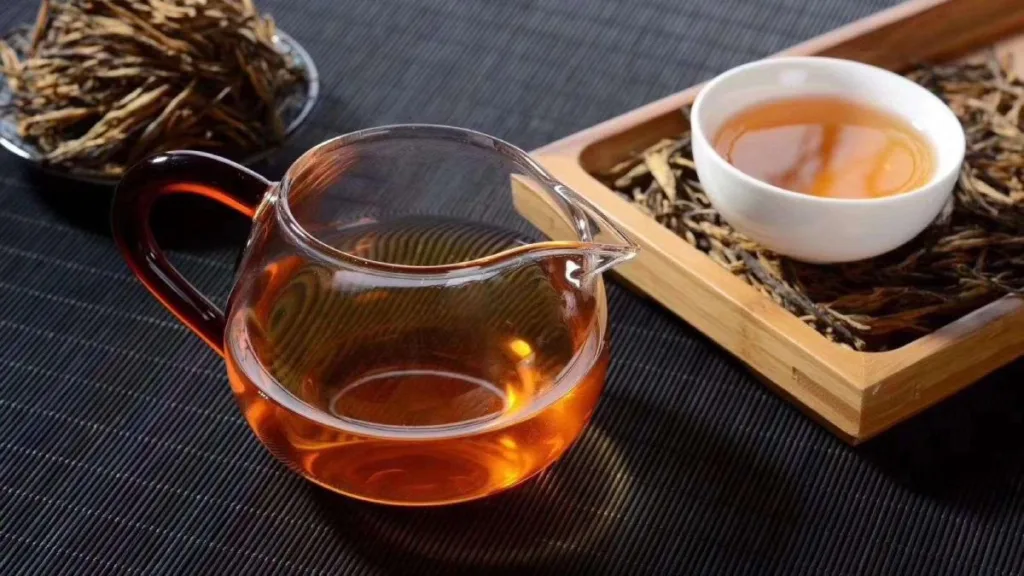Chinese tea culture is steeped in history and tradition, offering a fascinating glimpse into the rich tapestry of Chinese society. From the selection of tea leaves to the final sip, every step in the process is an art form in itself. In this article, we will delve into how the Chinese art of tea is enjoyed, a process that encompasses the choice of teaware, the appreciation of tea leaves, the cleansing of utensils, and the meticulous brewing process.
Teaware Selection
When it comes to high-quality, delicate green teas, Chinese tradition dictates the use of glass or porcelain teacups. These materials are preferred because they don’t have lids, allowing for greater transparency and ease of observing the tea’s appearance. This also prevents oversteeping of delicate tea leaves, ensuring they retain their freshness and vibrant color. However, for more common green teas, the choice of teapot is acceptable, especially when the tea is meant for quenching thirst, engaging in conversations, enjoying snacks, or fostering friendships. This is known as the “delicate tea cup for brewing, old teapot for steeping” approach. The choice of teaware depends on the number of participants and includes teacups, tea leaf jars, tea saucers, tea spoons, tea-tasting trays, tea towels, and a kettle for boiling water.
Tea Appreciation
Before brewing, Chinese tea aficionados often engage in tea appreciation. This process involves several steps:
- a. Observing Dry Tea Leaves: A small quantity of dry tea leaves is placed on white paper or a specialized tea-appreciation tool. This allows the participants to first admire the color and shape of the dry tea leaves and then take in their aroma, fully appreciating the natural characteristics of the tea. For more common, mass-produced green teas, this step can be skipped.
- b. Transferring Tea Leaves: Alternatively, tea leaves can be gently poured from their container into a tea strainer. With a tea spoon, the leaves are then transferred to a tea-tasting tray, where participants can again assess their color, consistency, and the fragrance of the dry leaves.
Cleaning the Utensils
Before brewing, the selected teaware is washed with boiling water. This cleansing ritual adds to the overall experience of enjoying tea.
Warming the Cups
Teacups are warmed by rinsing them with hot water, which is particularly important in the winter as it helps maintain the temperature of the tea leaves during brewing.
Preparing the Tea
A typical green tea cup holds around 150 milliliters, and approximately 3 grams of tea leaves are used, which amounts to about one-fifth of the cup’s volume. Using a tea spoon, the tea leaves are evenly distributed into each teacup from the tea-tasting tray or tea strainer.
Steeping the Tea
The method of steeping tea varies depending on the type of green tea. High-quality teas, such as West Lake Dragon Well, Dongting Biluochun, and Mengding Ganlu, are typically brewed using the “top-down” method. This involves pouring water at a temperature of 85-90°C into the cup before adding the tea leaves. The leaves will gently sink to the bottom. For more loosely packed high-quality teas, the “middle-down” method is used, where the tea leaves are placed first, followed by the addition of boiling water. For common teas, the tea leaves are placed before adding water. The water temperature should ideally be 85-90°C, and it should fill about one-fourth to one-third of the cup’s volume. This allows the tea leaves to absorb water and expand, aiding in the release of flavor. After approximately 30 seconds, the brewing process begins.
Brewing the Tea
High-quality green teas are typically steeped three times, using the “Phoenix Three Dips” method. Each time, water is poured into the cup until it’s about 70% full, symbolizing the Chinese saying “seven parts tea, three parts affection.” This not only ensures that the tea leaves move and infuse evenly but also serves as a gesture of welcome for guests. During the brewing process, the kettle should be held high to create an aesthetically pleasing curved water stream with impact.
Appreciating the Tea
As the tea brews, the participants can enjoy watching the tea leaves unfold, the color changes in the tea, the dispersion of tea smoke, and, eventually, the final appearance of the tea and its infusion. This step is especially meaningful when enjoying high-quality green teas.
Serving the Tea
Once the tea has brewed, it should be served promptly to allow guests to savor the fragrance and taste. To prevent the tea leaves from oversteeping in subsequent infusions, the tea soup can be poured into a fairness cup before serving it into individual cups during the second and third infusions.
Enjoying the Tea
When it comes to tasting the tea, it is customary to start by appreciating the tea’s aroma before taking a sip. After sipping, the tea should be allowed to linger in the mouth, engaging with the taste buds. Savoring a small sip allows the tea soup to circulate in the mouth, making contact with the taste buds, before gently swallowing. The tea’s sweetness can be fully appreciated by touching the tip of the tongue to the back of the teeth and inhaling. Generally, green tea can be steeped 2-3 times, and if more is desired, a fresh infusion is necessary.
In conclusion, the Chinese art of tea extends far beyond just a simple beverage. It is a cultural experience, a social ritual, and a way of connecting with nature. The intricate steps involved in selecting, appreciating, brewing, and enjoying tea embody centuries of tradition and artistry. Chinese tea culture is a journey of the senses, where every moment is an opportunity to savor the beauty and subtlety of tea.



